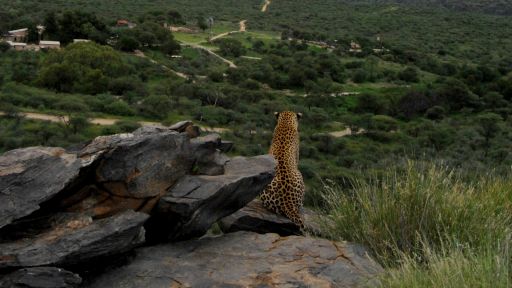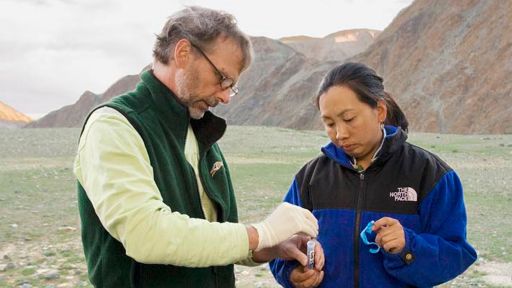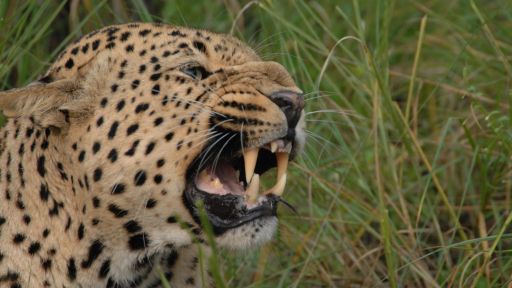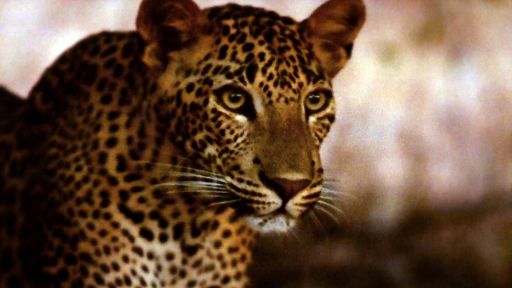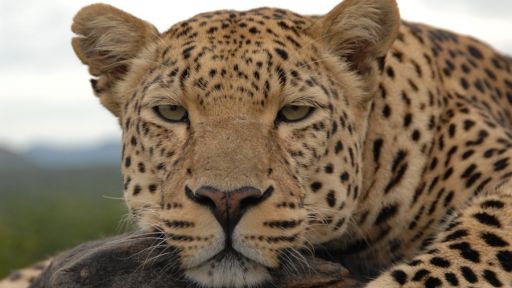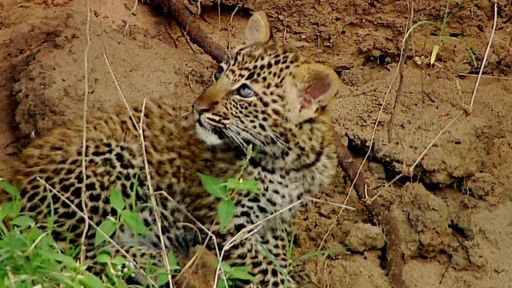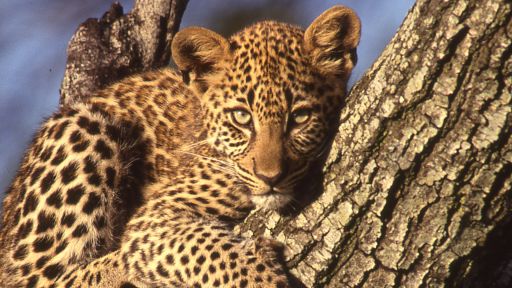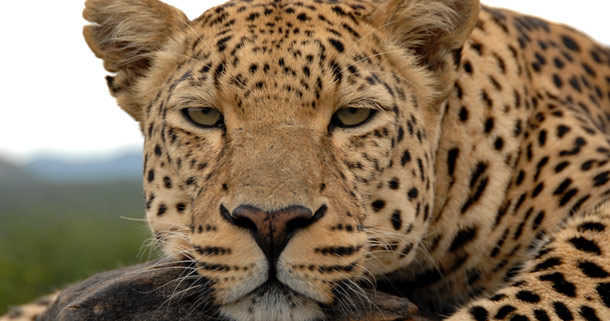
Common Name: Leopard
Family: Felidae
Genus: Panthera
Species: pardus
Sub-Species:
Panthera pardus pardus Africa
Panthera pardus nimr Arabia
Panthera pardus saxicolor : Central Asia
Panthera pardus melas : Java
Panthera pardus kotiya : Sri Lanka
Panthera pardus fusca : Indian sub-continent
Panthera pardus delacourii : Southeast Asia
Panthera pardus japonensis : Northern China
Panthera pardus orientalis : Russian Far East, Korean peninsula and Northeastern China
Size: Averages 28 inches at the shoulder with a general range of 17.5 – 30.5 inches high at the shoulder. It’s the smallest of the big cats, which include tigers, lions, and jaguars.
Weight: Males generally weigh 80-150 lbs. Females weigh 62.5 – 100 lbs.
Coat: Varying colors of yellow with rosette markings. Melanistic (black) leopards also exist but are far fewer in number.
Habitats: Forest, subtropical and tropical, savanna, grassland, rocky and mountainous regions, and desert. The leopard can live in both warm and cold climates.
Diet: Carnivore – Giant eland, kudu, springbok, bushbuck, impalas, Thomson’s gazelles, duiker, primates, warthogs, guinea fowl, hares, rodents, fish, dung beetles. The leopard is capable of killing prey larger than itself.
Geography: The range of leopards is the most widespread of the big cats, covering a large stretch of Africa, parts of the Middle East, and Asia, including China, India, and eastern Russia.
Population Health: Near Threatened (according to IUCN)
Threats: Humans – Urban expansion results in habitat loss and a decrease in food sources. Leopards are also hunted for their valuable fur and to prevent livestock loss.
Additional Facts:
-
The animal’s name derives from the Greek word leopardus, a combination of leon (lion) and pardus (panther).
-
Of the big cats, the leopard is the only known species that lives in both desert and rainforest habitats.
-
Leopards are generally nocturnal and do most of their hunting at night. Their large eyes and dilated pupils allow them to see well in dark conditions.
-
Leopards are incredibly athletic and known for their climbing ability. They often carry food into trees to avoid losing it to scavengers like lions and hyenas.
-
They tend to be solitary animals and rarely interact with each other except to mate or raise cubs.
-
Leopards breed perennially with a gestation period of approximately 3 months, giving birth to a litter of 2-3 cubs on average.
-
Despite their names, the clouded leopard (neofelis nebulosa) and snow leopard (panthera uncial) are often considered a separate species.
-
One of the rarest subspecies of leopard is eastern Russia’s Amur Leopard. There are only an estimated 30 currently living in the wild.
-
Leopards can go for long periods of time without water, living off the moisture of their prey.
-
Leopards mark their territory with urine and claw marks on the bark of trees.
-
Rudyard Kipling wrote the short story, How the Leopard Got Its Spots, to offer his own fictional explanation for the big cat’s attractive coat.

